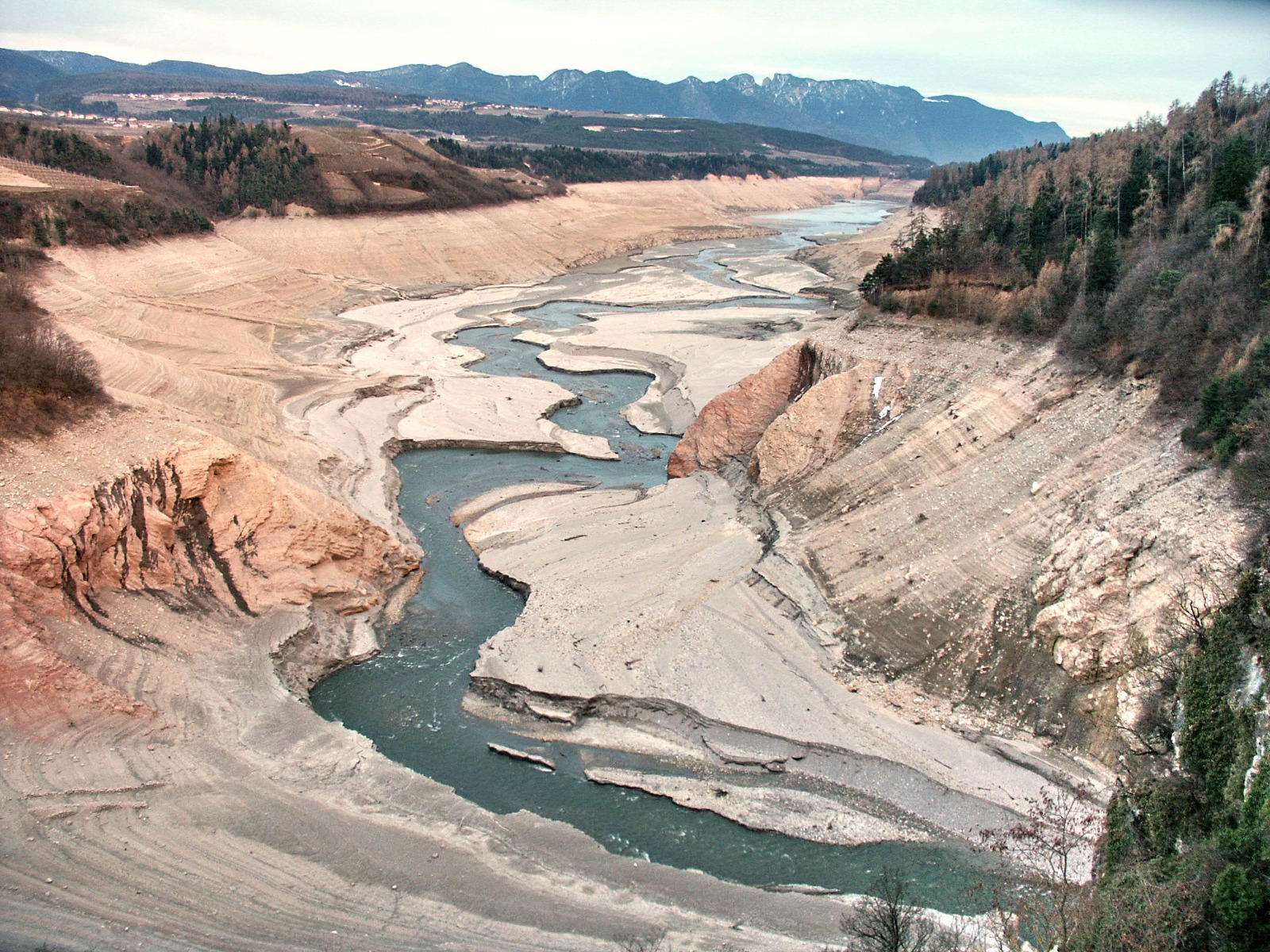Water Resources and Land Protection (Track 1)

Second year
River engineering (12 ECTS)*
The course focusses on river morphodynamics and planning and design of river regulation and restoration works and hydraulic risk mitigation structures. The module combines an overview of the morphodynamical processes that defines the river geometry, at the different spatial scales, and the evolutionary trajectories due to natural and anthropogenic forcings, with a suite of the most common types of intervention and works for hydraulic defense and management of water and sediment fluxes. The course includes an applied part that consists in the drafting of a river engineering project.
Atmospheric physics and modelling (6 ECTS)
The course provides an in-depth analysis of atmospheric processes relevant for various applications of environmental engineering. In particular, the main topics covered include synoptic scale atmospheric dynamics at mid-latitudes, mesoscale phenomena in mountain areas and atmospheric boundary-layer processes. Large space is dedicated to the applications of these notions, with particular regard to the modelling tools for weather forecasting, air pollution simulations and the assessment of renewable energies.
Stability of natural slopes and earth constructions (6ECTS)*
The course provides students with the basis for the stability analysis of natural, soil and rock, slopes and earthworks (cutting slopes and embankments). The course includes the following topics: planning of in-situ and laboratory tests for evaluating the mechanical and hydraulic properties affecting slope stability; performing stability analyses; identifying the rupture mechanism; designing the monitoring system for evaluating stability conditions; selecting the most convenient stabilization method.
Hydraulic hazards in mountain areas (6 ECTS)*
The course aims to provide a phenomenological and modeling approach to natural hazards of hydraulic origin affecting mountain areas, such as intense solid transport phenomena, debris flows and snow avalanches. It also intends to train the students in the use of advanced numerical modeling tools for back analysis, hazard mapping and design of protection plans, as well as to provide calculation techniques and tools for designing mitigation works. The course is completed by some hints on civil protection topics.
Integrated water resources management (6 ECTS)*
The course aims to provide the students with techniques and mathematical tools used in the planning, design and management of water resources in a context of increasing anthropogenic pressure and climate change. The course will focus its attention on the hydraulic infrastructures present in river networks and on water supply systems. At the end of the course the students will be able to: i) quantify the availability of water resources in river networks and aquifers; and ii) understand the operating principles of the studied hydraulic infrastructures as well as to master the calculation methods that allow the design of such works.
Ecohydraulics (6 ECTS)
The course focuses on the interactions among morphology, flow and the biotic component of the fluvial ecosystem, providing students with tools to integrate environmental quality with hydraulic safety in river management, in line with European and national directives. A suite of quantitative approaches to the evaluation and modelling of the morphological quality, habitat availability for target species and the interactions between river morphodynamics and riparian vegetation are explored. Real-world applications refer to the design of environmental flows and river restoration projects.
*courses marked with an asterisk are taught in Italian

